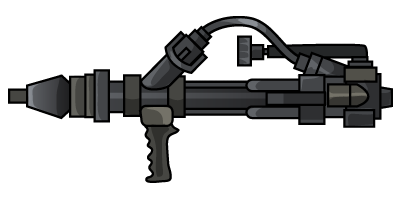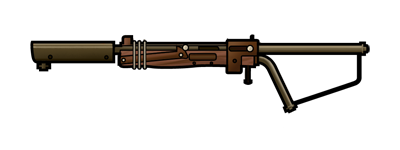
Similar projects have been undertaken in Finland, which requires all buildings with area over 600 m² to have a NBC shelter, and Norway, which requires all buildings with an area over 1000 m² to have a shelter. The largest buildings usually have dedicated shelters tunneled into solid rock. All these shelters are capable of withstanding nuclear fallout and biological or chemical (NBC) attacks but the blast-proof requirement varies depending on the size of the building. This nation has the highest ratio of shelter space to national population of any country. Switzerland built an extensive network of fallout shelters (mainly through extra hardening of government buildings such as schools) of a scale to protect and feed the entire population for two years after a nuclear attack.

The initial blast of a nuclear attack might have rendered these basements either buried under many tons of rubble and thus impossible to leave, or removed their upper framework, thus leaving the basements unprotected.

These buildings were usually placarded with the yellow and black trefoil sign as shown in the top of this article. Plans were made, however, to use existing buildings with sturdy below-ground-level basements as makeshift fallout shelters.

5 Different types of radiation emitted by falloutĭuring the Cold War many countries built fallout shelters for high-ranking government officials and crucial military facilities.4.2 Measures to lower the gamma dose rate.4 Other matters and simple improvements.3 Protection offered by the solid walls and roof of a structure.


 0 kommentar(er)
0 kommentar(er)
